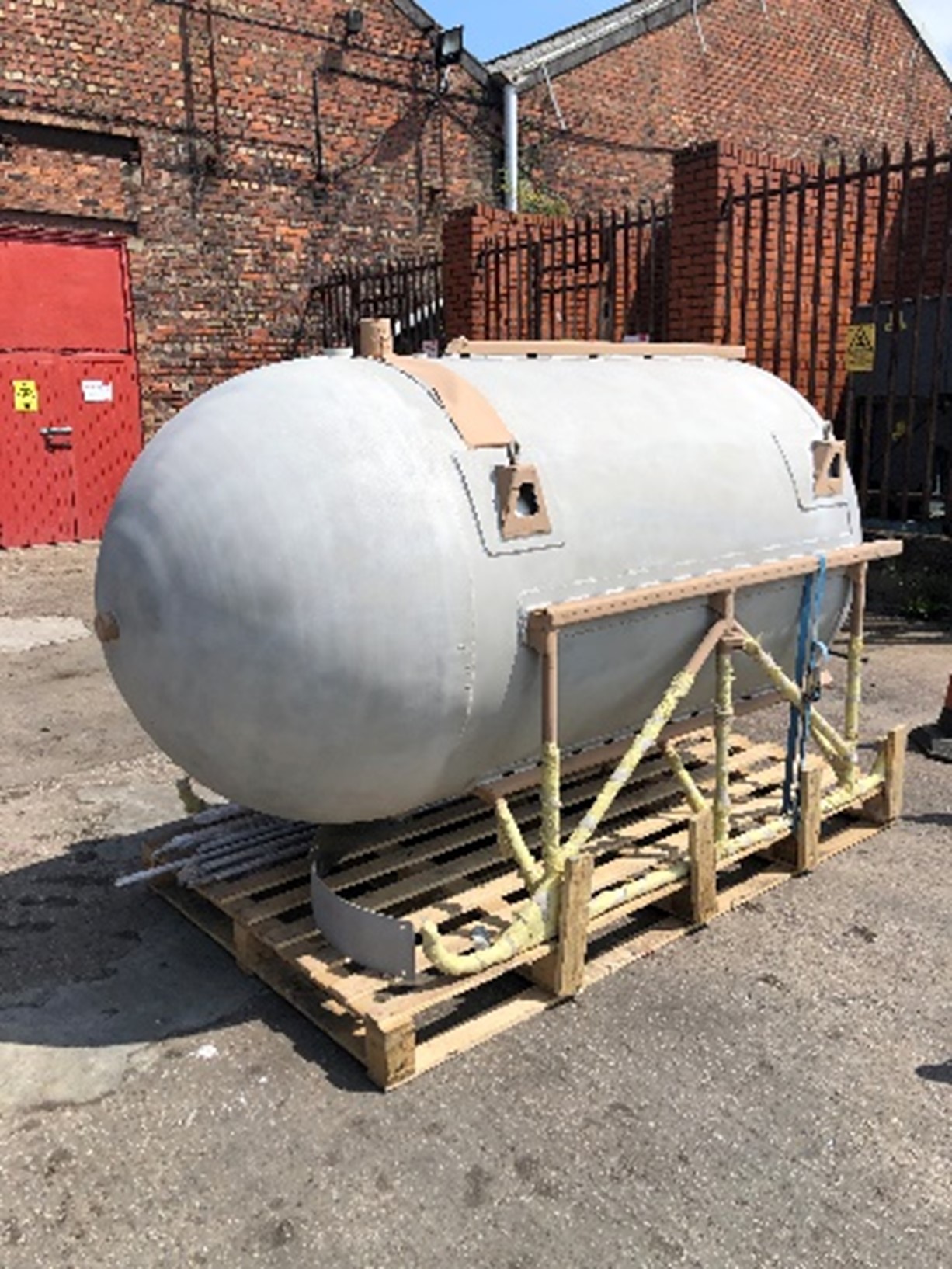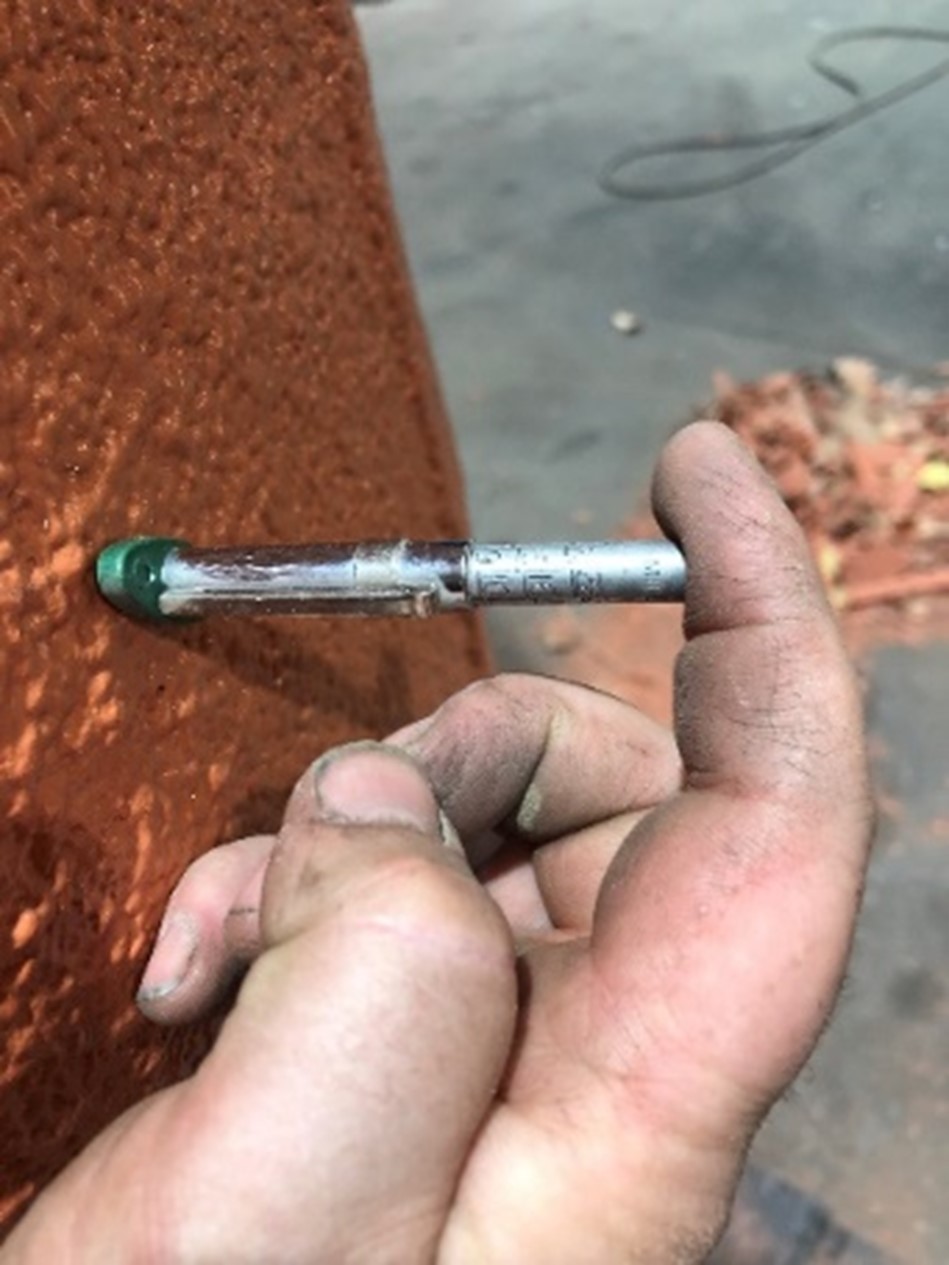When dealing with environmental spills, a prominent client of polymer repair composites and industrial protective coatings firm Belzona (Harrogate, United Kingdom) recently faced a unique problem when insulating its underslung oil dispersal vessel.
This vessel needed to be carried underneath a helicopter over frigid temperature conditions to decontaminate water after potential oil spills. Due to the vessel’s harsh operating requirements, the insulation material had to fit very particular specifications.
Job specifications required the insulation material to withstand -25°C temperatures without allowing dispersant within the vessel to freeze, all while also protecting the vessel against corrosion and damage.
Limitations of Conventional Means
When the client considered insulation methods, conventional means proved to be technically not suitable for those conditions due to weight restrictions and the potential effects of salt water ingress through standard insulation cladding joints and seams.
The vessel’s proximity to salt water in cold temperatures had potential to expose the seams to sea water spray. In turn, that often causes insulation to become damp while leading to corrosion under insulation. Ultimately, a vessel not being adequately sealed would leave the system vulnerable to corrosion.
With those concerns in mind, Belzona and its licensed contractor, Grade 2 Impact Blast Cleaning, recommended the use of Belzona 5871 applied in three layers for maximum insulation and corrosion protection. The two-component, polymeric, solvent-free system is designed to provide a thermal insulation barrier when applied to metal pipework, ducting, and other industrial equipment.

Thermal Battier Coating
For this project, the product was applied at approximately 9,000 microns (354.3 mils) of total dry film thickness (DFT) in an effort to prevent condensation, contact damage, anti-icing issues, waterlogging, and corrosion. The thermal barrier coating works to provide long-term corrosion protection, having been thoroughly tested to ASTM B1171 for 4,500 hours, among other corrosion resistance tests.
The client also chose to overcoat the insulation with an acrylic emulsion membrane, Belzona 3211 (Lagseal), for additional waterproofing, UV, and fire protection. This water-based product incorporates a polymer bonded glass reinforcing sheet, Belzona 9321, to provide seamless, flexible protection to thermal insulation and cladding systems. On this project, they mixed in an orange pigment at a ratio of up to 5% for high visibility in the working environment.
The products were applied in a controlled factory environment in North England, all after careful surface preparation to ensure good adhesion to the stainless-steel vessel. The substrate was grit blasted to achieve a standard minimum specification of a 75-micron angular profile and SA 2.5/NACE No. 2 /SSPC-SP 10 near-white metal surface cleanliness. The substrate was then vacuumed and degreased.
Once surface preparation was finished, Belzona 5871 was decanted into Belzona-issued cartridges and used in conjunction with a pneumatic cartridge spray gun. This sped up the application, keeping within the working life at ambient temperature.
The product was spray applied at approximately 1,000 microns (39.4 mils) of wet film thickness, which expanded to 3,000 microns (118.1 mils) DFT once cured. Within the overcoat window, a further two coats were applied, leading to the specified thickness. The three layers were deemed necessary on this project due to the extreme conditions in which the vessel needed to operate.

Rave Reviews by Client
According to the client, Belzona 5871 was able to adhere very well to the vessel shell and gave a uniform DFT across all geometries, ensuring an effective corrosion barrier at the recommended system thickness. The Belzona 3211 (Lagseal), mixed with the safety orange pigment, was applied by roller as a final topcoat.
The application of these products added just less than 10,000 microns (393.7 mils) of thickness onto the vessel dimensions, ensuring that the client’s weight and protection specifications were met far more effectively than when using traditional cladding.
According to the company, this solution has performed extremely well in tests over its first year in service. The polymer technology enabled the client to protect the vessel against the extreme conditions in which it operates, while also meeting specifications such as weight and thickness.
Ultimately, the technology proved more effective than traditional cladding, and the successful application demonstrates its potential for use across multiple industries.
Sources: Belzona, www.belzona.com; Grade 2 Impact Blast Cleaning, www.impactblastclean.co.uk.
